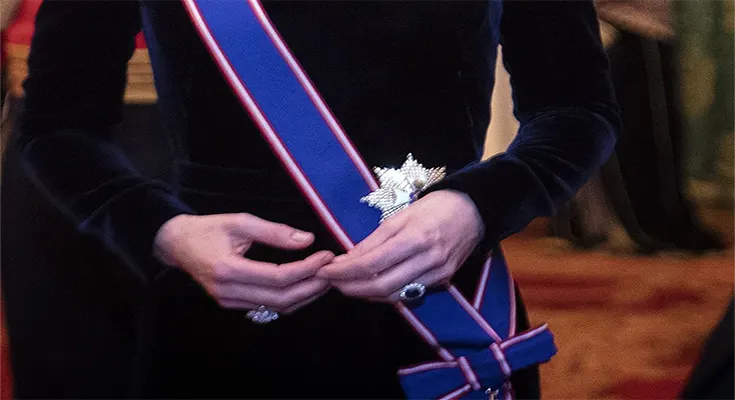In the world of diplomacy, symbols of power and influence are often as crucial as political strategies and negotiations. One such symbol, often overlooked in discussions about international relations, is the royal ring. Whether it’s a wedding band or an engagement ring, these precious pieces of jewelry hold deeper meanings that extend far beyond their physical beauty. Historically, royal rings have been used as tools of diplomacy, carrying with them the weight of alliances, peace treaties, and international cooperation. These rings have played pivotal roles in fostering diplomatic relations, marking significant moments in history, and helping to establish long-lasting ties between nations.
The significance of the royal ring in diplomacy can be traced back to ancient times. Royalty, due to their position and power, often had to navigate complex relationships with other nations. In many cases, the exchange of royal rings acted as a formal recognition of these diplomatic ties. A royal ring, especially one given as a gesture of engagement or marriage, served not only as a token of love and commitment but also as a symbol of unity between two powerful families or kingdoms. For example, the exchange of engagement rings or wedding rings between royal families was often seen as a political maneuver aimed at strengthening alliances and solidifying peace between rival states.
Over the centuries, the royal ring has evolved from a personal symbol of affection into a powerful diplomatic tool. In some instances, the exchange of royal rings marked the signing of important treaties or agreements between nations. These rings were often inscribed with symbols or messages that represented the shared goals of the involved parties. The gift of a royal ring could also be used to demonstrate a nation’s goodwill or to mark a new chapter in international relations. By presenting such a ring, a monarch could signal their desire for friendship, peace, or cooperation.
The royal ring has also been used to signal the beginning of new diplomatic relationships, particularly in the case of marriage between royal families. A marriage between royals was never just a personal event—it was a carefully orchestrated affair with far-reaching political implications. The exchange of rings during royal weddings was, and still is, a significant moment not only for the couple but also for the nations they represent. In many cases, royal weddings served as a diplomatic tool that brought together nations in a way that was both ceremonial and functional, with the royal ring acting as a symbol of the mutual trust and shared future between two nations.
In more recent times, the royal ring continues to play a role in diplomacy, albeit in a more symbolic and ceremonial capacity. Modern monarchs still exchange rings during state visits, royal engagements, and official ceremonies as a reminder of the ongoing relationships between nations. These rings are often crafted with the finest materials, incorporating national symbols or historical elements that reinforce the purpose of the exchange. For instance, a royal ring might feature the emblem of the country or a design representing a significant historical event or royal lineage.
The power of the royal ring lies in its ability to convey messages without the need for words. It is an object that transcends language barriers and political differences, offering a visual representation of diplomatic efforts. Whether given as a sign of peace, an engagement ring to strengthen alliances, or a wedding ring to unite nations, the royal ring has proven to be an enduring and effective tool in the realm of international relations.
In conclusion, the royal ring’s role in diplomacy cannot be understated. Throughout history, it has served as a vital tool in fostering international relations, symbolizing everything from alliances and treaties to peace and cooperation. By examining the use of royal rings in diplomacy, we can better understand the power of symbols and how they can shape the course of history. Even today, the royal ring remains an enduring symbol of the enduring nature of diplomatic ties.


